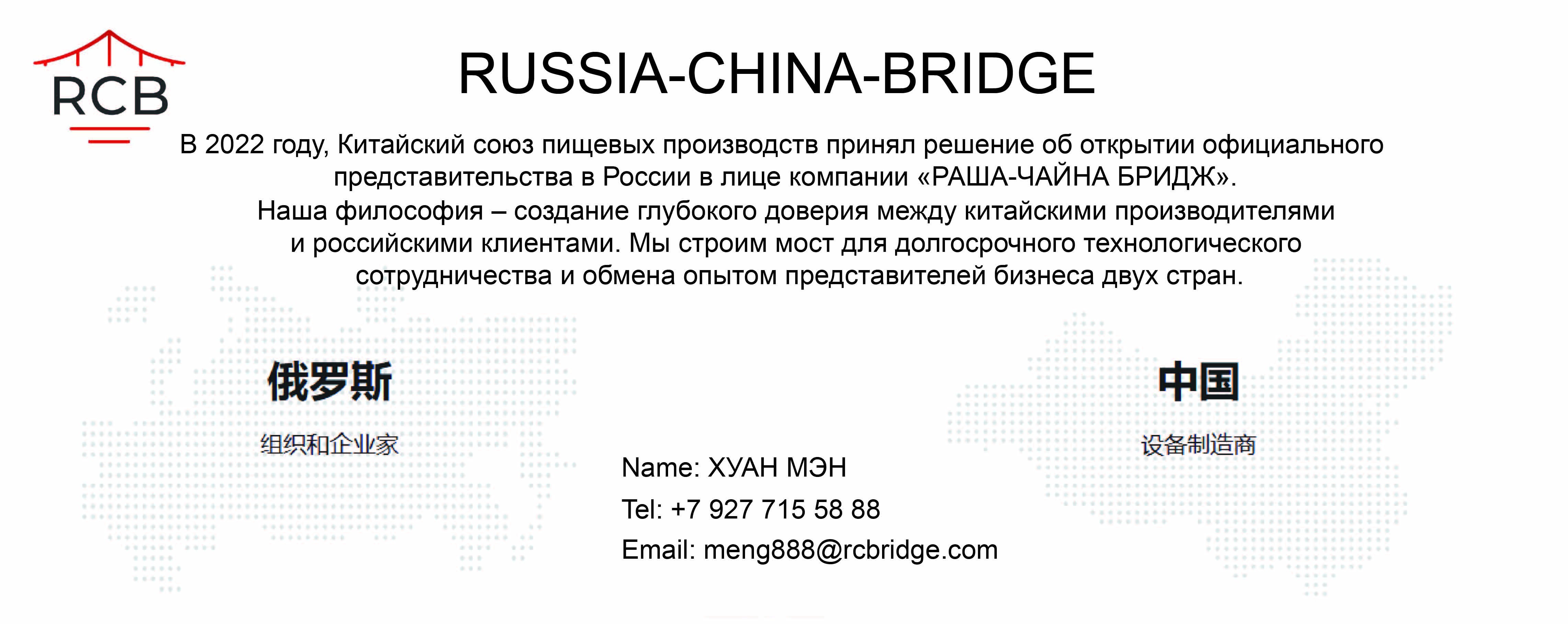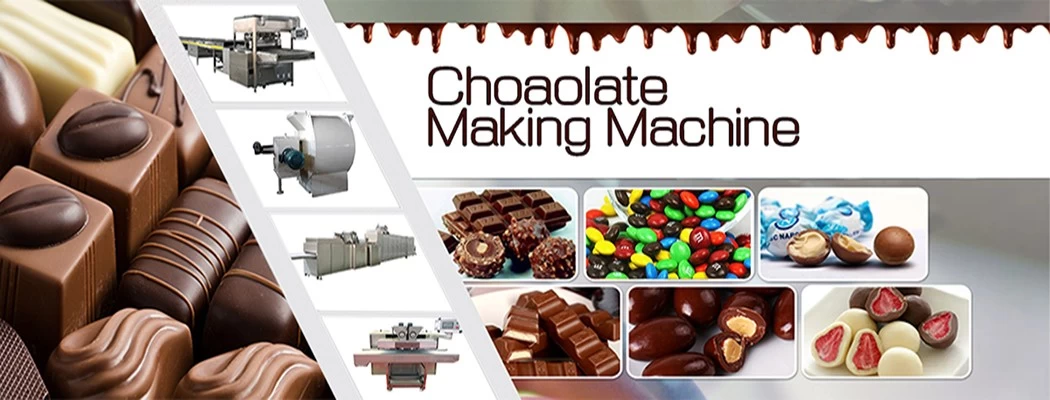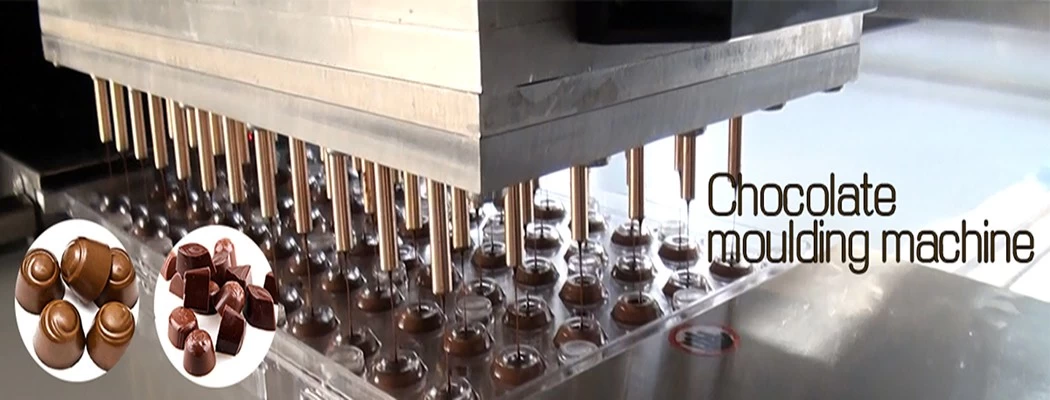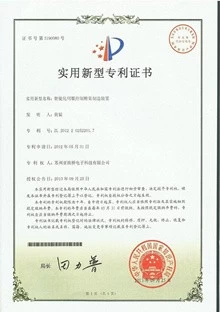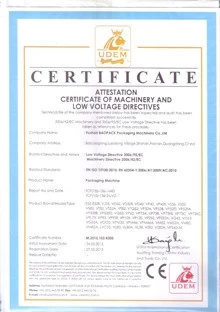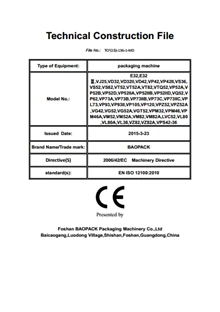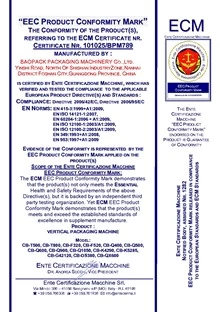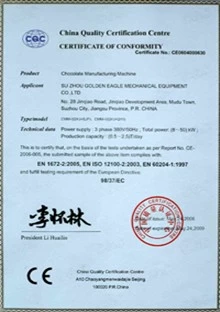From the sack to the chocolate bar
From the sack to the chocolate bar
Commercial cocoa is first roasted for 20 to 35 minutes at 110 to 140 degrees. This process develops the chocolate aroma and reduces the water content to around 2%.
The aroma of fine cocoa is made up of 3 'layers':
1. The base aroma, already present in the fresh seed (e.g. the floral note in Nacional cocoa from Ecuador);
2. The fermented aroma, caused by products produced during microbial fermentation (as with cheese). It is thought that the 'Caribbean' aroma with notes of dry fruit is a result of fermentation.
3. The thermal aroma, clearly chocolate, which is produced during the roasting process.
After the roasting stage, the beans are cracked to create 'nibs', which is the part of the bean separated from the shell and germ. The nibs are then ground and melted to create the cocoa mass (or liquor).
This mass can then be used in two ways:
 1. Mass from ordinary cocoa will be pressed in hydraulic machines to separate it from the cocoa butter, a yellow liquid which melts at 34 degrees. This butter will simply be filtered and deodorised. Cocoa butter's main use is for making chocolate, which is done by adding it to the chocolate paste. Sugar and milk powder may also be added to make white chocolate. Due to its melting point, cocoa butter can also be used in cosmetic or medicinal products, but it is increasingly being replaced by cheaper synthetic materials. The mass which remains in the press after the butter has been extracted is called the 'presscake' and still contains 10% to 20% of fats. It is pulverised to create cocoa power, which is used in the breakfast, spread, tasting and chocolate dessert industries.
1. Mass from ordinary cocoa will be pressed in hydraulic machines to separate it from the cocoa butter, a yellow liquid which melts at 34 degrees. This butter will simply be filtered and deodorised. Cocoa butter's main use is for making chocolate, which is done by adding it to the chocolate paste. Sugar and milk powder may also be added to make white chocolate. Due to its melting point, cocoa butter can also be used in cosmetic or medicinal products, but it is increasingly being replaced by cheaper synthetic materials. The mass which remains in the press after the butter has been extracted is called the 'presscake' and still contains 10% to 20% of fats. It is pulverised to create cocoa power, which is used in the breakfast, spread, tasting and chocolate dessert industries.
2. The cocoa mass from the more aromatic beans is first mixed with sugar, then with milk to make milk chocolate. The mixture is then refined to create very fine chocolate particles (20 microns), which in turn create an agreeable texture in the mouth. Conching is a complex process which smooths out the rough edges remaining after the refining process by kneading the mixture for a long time at a high temperature (60 to 80 degrees) to create a soft paste.
Aft er the conching process, cocoa butter is added depending on the chocolate texture required. The chocolate must contain between 31 and 35% of fats to ensure that all the particles are coated in an unbroken fatty film: the chocolate is an emulsion. Next, the tempering process begins to crystallise the chocolate into a ß shape, the finest and most stable: this is done by reheating and cooling it around the 34° melting point. Lastly, the paste is poured into moulds and cooled to create the chocolate. Chocolate with '70% cocoa' contains 30% of sugar and 70% of the mass mixture plus cocoa butter (not including additives such as lecithin or vanilla which make up less than 1%). Each chocolatier's mass to butter ratio is highly confidential!
er the conching process, cocoa butter is added depending on the chocolate texture required. The chocolate must contain between 31 and 35% of fats to ensure that all the particles are coated in an unbroken fatty film: the chocolate is an emulsion. Next, the tempering process begins to crystallise the chocolate into a ß shape, the finest and most stable: this is done by reheating and cooling it around the 34° melting point. Lastly, the paste is poured into moulds and cooled to create the chocolate. Chocolate with '70% cocoa' contains 30% of sugar and 70% of the mass mixture plus cocoa butter (not including additives such as lecithin or vanilla which make up less than 1%). Each chocolatier's mass to butter ratio is highly confidential!

